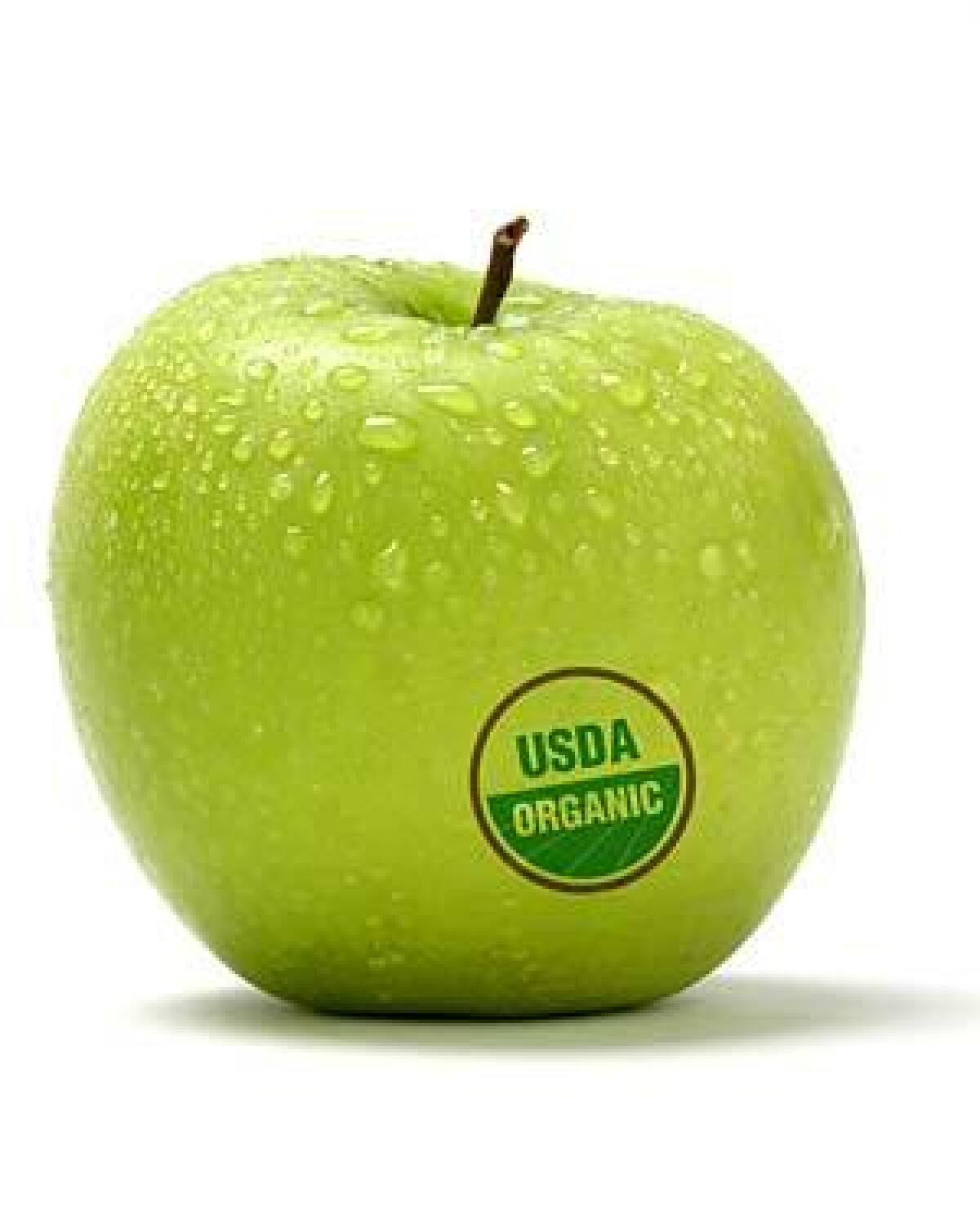Blood pressure: the DASH diet

DASH stands for Dietary Approaches to Stop Hypertension, an eight-week clinical trial, reported in 1997, that tested the effects of three diets on 459 adults. Among the group, 133 had high blood pressure for which they were not being treated with a drug.
One diet (the “control”) was fairly similar to what many Americans eat; another was similar to that but with more fruits and vegetables and fewer snacks and treats. The third, which came to be known as the DASH diet, was rich in produce but also included a lot of low-fat dairy products and whole grains, as well as less saturated fat, total fat and cholesterol.
The fruit-and-vegetable group reduced their blood pressures compared with the control group, but the effects were greater for those in the DASH group, who reduced their blood pressure readings by averages of 5.5 mm Hg systolic pressure and 3 mm Hg diastolic pressure compared with the control group.
Reductions in blood pressures occurred for those who had high blood pressure (140 mm Hg or more) and those who didn’t. But those who had high blood pressure lowered their blood pressure by about twice as much as the overall average.
The authors noted that the effects of the DASH diet were comparable to the effects of a single blood-pressure-lowering drug and speculated that, if everyone ate that way, the occurrence of heart disease and stroke could go down by 15% and 27%, respectively.
Attempts to show that the DASH diet reduces bad outcomes -- things like death and strokes as opposed to just high blood pressure -- haven’t always been conclusive. But a 2008 report suggested the diet does lower the risk of heart disease and stroke, and two studies published last year found that it lowers the risk of heart failure in men and women.



